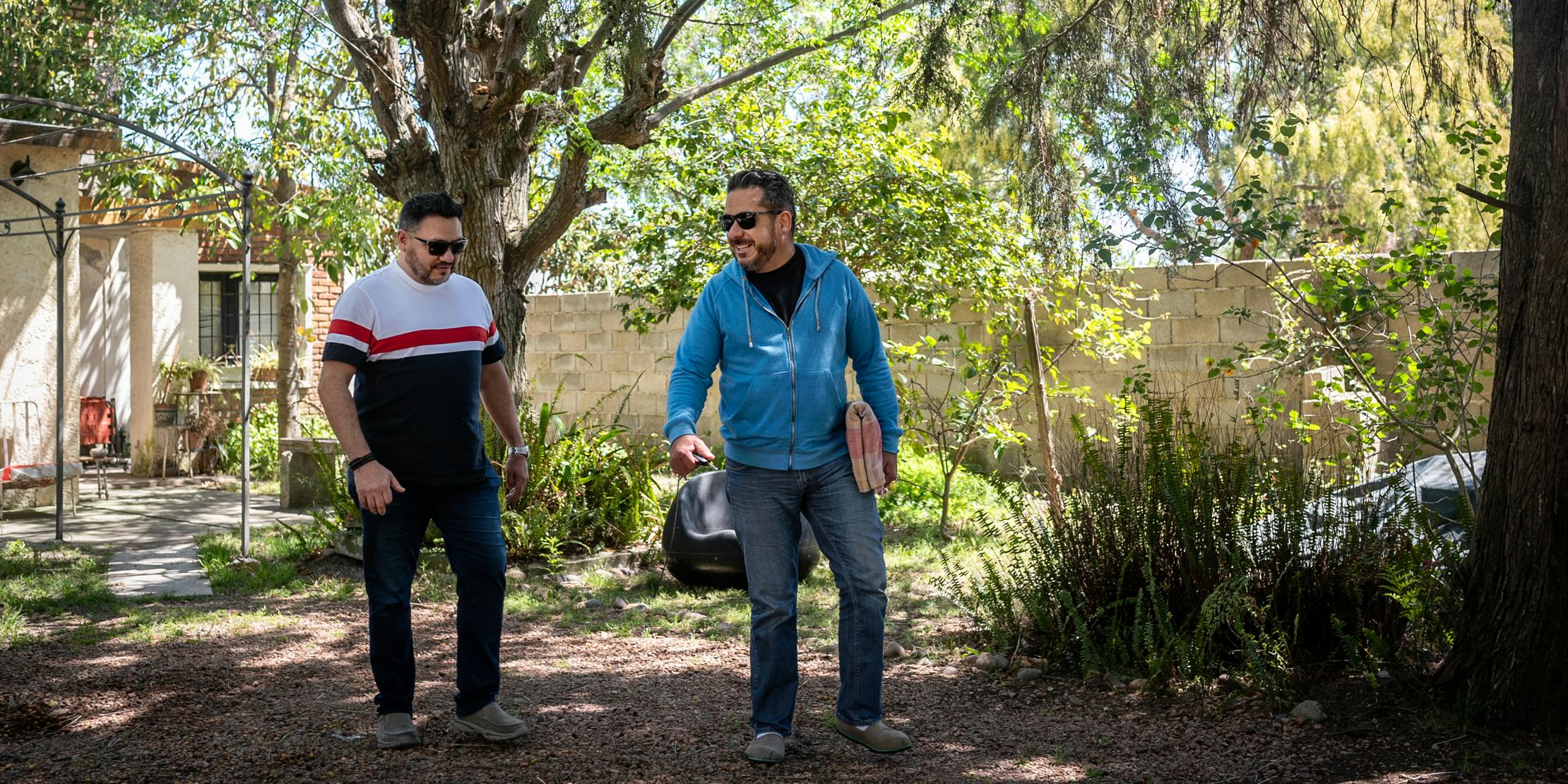UNDERSTANDING HIV STIGMA AND DISCRIMINATION

Man living with HIV photographed with his partner near Montevideo, Uruguay.
HIV has changed. Advances in prevention, treatment and care mean that tens of thousands of people living with HIV are able to live longer, healthier lives. In 2019, 81% of people living with HIV knew their HIV status. Among people who knew their status, 82% were accessing treatment and among people accessing treatment, 88% were virally suppressed.1
Yet, despite these advances, people living with HIV continue to face challenges that impact their quality of life daily. HIV stigma persists, affecting those living with the virus as well as their support networks.

Man living with HIV photographed with his partner near Montevideo, Uruguay
Understanding the world of people living with HIV
Only through understanding personal perspectives, can we begin to overcome the challenge of HIV stigma and discrimination for good.
Our Positive Perspectives survey looks to do exactly that and to gain insights from the HIV community into their attitudes and experiences.
The survey has revealed that 82% (909) of people living with HIV have experienced a form of HIV stigma related to their status in the last year.2 Additionally, one in five partners of those living with HIV identified experiencing stigma as one of the biggest challenges they faced2 and nearly two-thirds (59%) of HIV-negative participants said they have hidden their partner’s status for fear of discrimination against themselves3. The insights gained through our Positive Perspectives survey inform our thinking around providing a complete picture of optimal care solutions for people living with HIV in collaboration with our clinical care and policy partners.
One in five partners of those living with HIV identified experiencing stigma as one of the biggest challenges they faced
HIV should not define the lives of those affected by it, and we must work collectively, as a community, to look at the complete picture in order to devise ways to address HIV stigma and discrimination.
Taking Positive Action
Our Positive Action programmes are a collection of strategic and community-based initiatives that address key behavioural and structural barriers that may increase vulnerability of people living with HIV to the virus. Gender, nationality, culture and age are all variables that impact people’s individual journeys with HIV.
Our programmes are focused across a range of demographics including children, adolescents (specifically young women), men who have sex with men and transgender people, across the globe. These programmes seek to address the individual challenges affecting these key populations and to directly and indirectly tackle HIV stigma and discrimination.
Only through collaboration, which includes understanding and working closely with people living with HIV, can we complete our HIV panorama, and work to eliminate the stigma and discrimination attached to HIV.
References
- UNAIDS. UNAIDS Fact Sheet 2020. Available at: https://www.unaids.org/en/resources/fact-sheet Last accessed: February 2021.
- ViiV Healthcare. The Positive Perspectives Survey Report. Last accessed: February 2021.
- Data on file.
YOU MAY ALSO BE INTERESTED IN:
Much has been done to reduce discrimination at an organisational level through anti-discrimination laws, but this varies across countries. More needs to be done to ensure that legislative frameworks are being implemented.
It is a fundamental human instinct to want a sense of family, to want to socialise, and to need a sense of belonging to a community (or multiple communities such as family, faith or interest-based).
HIV self-stigma can manifest itself in many ways. From worrying about how a friend might feel if someone living with HIV shared a drink with them, to fear of an individual’s HIV status being known in the workplace.
If you get any side effects, talk to your doctor, pharmacist or nurse. This includes any possible side effects not listed in the package leaflet. You can also report side effects directly via the Yellow Card Scheme at www.mhra.gov.uk/yellowcard or search for MHRA Yellowcard in the Google Play or Apple App store. By reporting side effects, you can help provide more information on the safety of this medicine.
If you are from outside the UK, you can report adverse events to GSK/ViiV by selecting your region and market, here.


